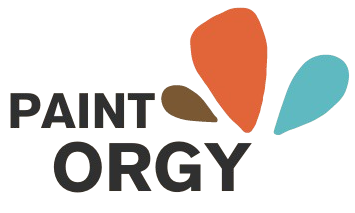Creating high-quality content is just the first step in digital marketing. To maximize its impact, you need an effective distribution strategy. The right content distribution channels ensure your message reaches the right audience, drives engagement, and boosts conversions.
What Are Content Distribution Channels?
Content distribution channels are the platforms and methods businesses use to share their content with audiences. These channels fall into three main categories:
- Owned Media – Content you control, like your website, blog, or email newsletter.
- Earned Media – Free exposure from third-party sources, like press mentions or social shares.
- Paid Media – Advertising efforts, including PPC campaigns and sponsored content.
By leveraging all three types, you can create a well-rounded content marketing strategy.
Top Content Distribution Channels to Consider
1. Your Website and Blog (Owned Media)
Your website is your content hub. Optimize it for SEO, update your blog regularly, and ensure easy navigation to keep visitors engaged.
Best for: Thought leadership, brand storytelling, and SEO traffic.
2. Email Marketing (Owned Media)
Email marketing remains one of the highest ROI channels. Segment your email lists, personalize messages, and include strong CTAs to drive engagement.
Best for: Nurturing leads, promoting offers, and customer retention.
3. Social Media Platforms (Owned & Earned Media)
Distribute content across relevant social media channels like:
- Facebook & Instagram – Great for visual content and engagement.
- LinkedIn – Ideal for B2B content and professional networking.
- X (Twitter) – Useful for quick updates and trending topics.
- TikTok & YouTube – Best for video marketing and brand storytelling.
Best for: Brand awareness, audience engagement, and viral content.
4. Search Engines & SEO (Earned Media)
Optimize your content for search engines to attract organic traffic. Focus on:
- Keyword research
- High-quality backlinks
- Mobile-friendly and fast-loading pages
Best for: Long-term visibility and consistent lead generation.
5. Influencer & Affiliate Marketing (Earned & Paid Media)
Partnering with influencers or affiliates can expand your reach to a larger, targeted audience. Choose influencers who align with your brand values.
Best for: Product promotions, brand trust, and expanding audience reach.
6. Paid Advertising (Paid Media)
Leverage:
- Google Ads – For search-based intent-driven traffic.
- Social Media Ads – Facebook, Instagram, TikTok, and LinkedIn ads.
- Native Advertising – Sponsored articles and promoted content.
Best for: Quick visibility and conversion-focused campaigns.
7. Content Syndication & Guest Blogging (Earned Media)
Publishing content on third-party websites or syndicating blogs to platforms like Medium and LinkedIn can increase exposure.
Best for: Establishing authority and reaching new audiences.
8. Podcasts & Webinars (Owned & Earned Media)
Audio and video content is growing in popularity. Hosting a podcast or webinar can position your brand as an industry leader.
Best for: Thought leadership, community building, and long-form engagement.
Final Thoughts
A successful content distribution strategy requires a mix of owned, earned, and paid channels. By diversifying your approach, you ensure maximum reach, engagement, and ROI. Analyze performance metrics regularly to refine your strategy and stay ahead of competitors.
Would you like any customizations for your specific brand or industry? 😊
